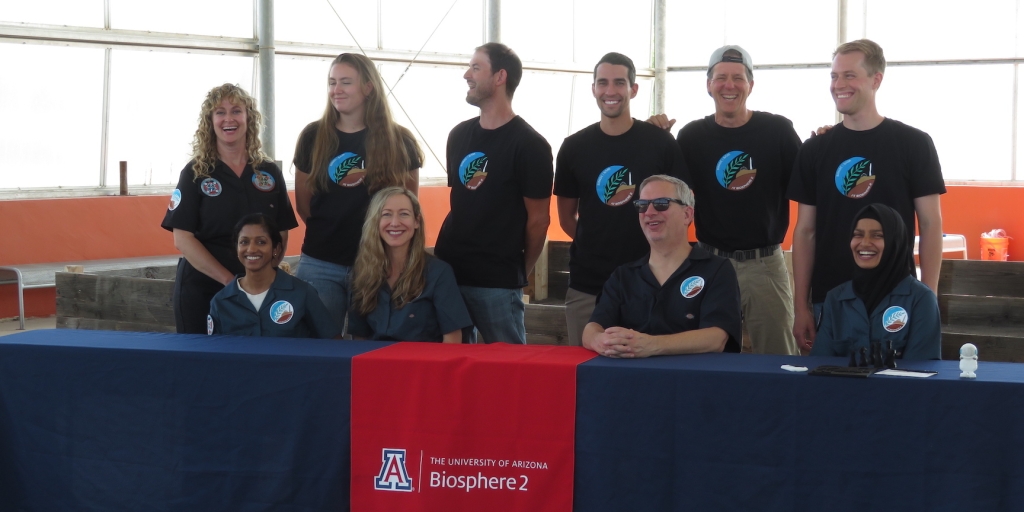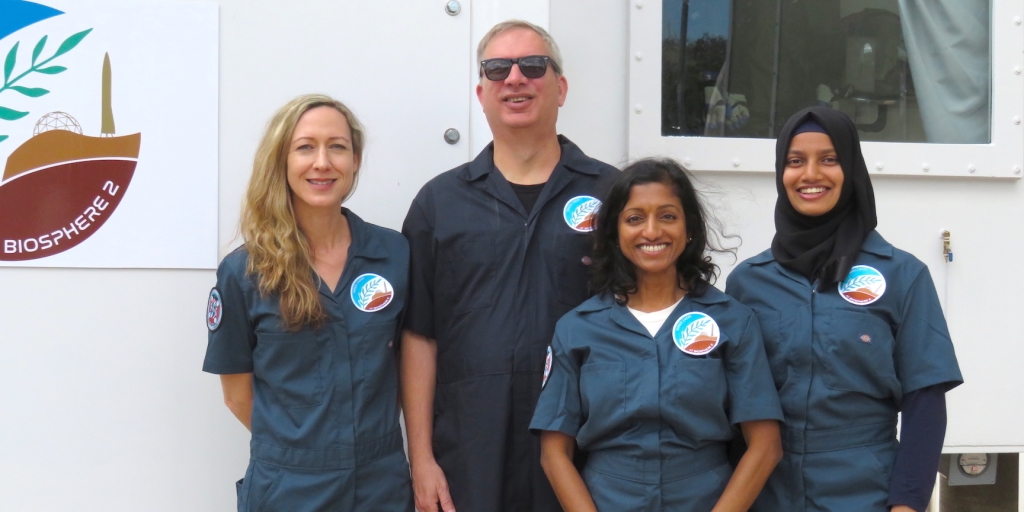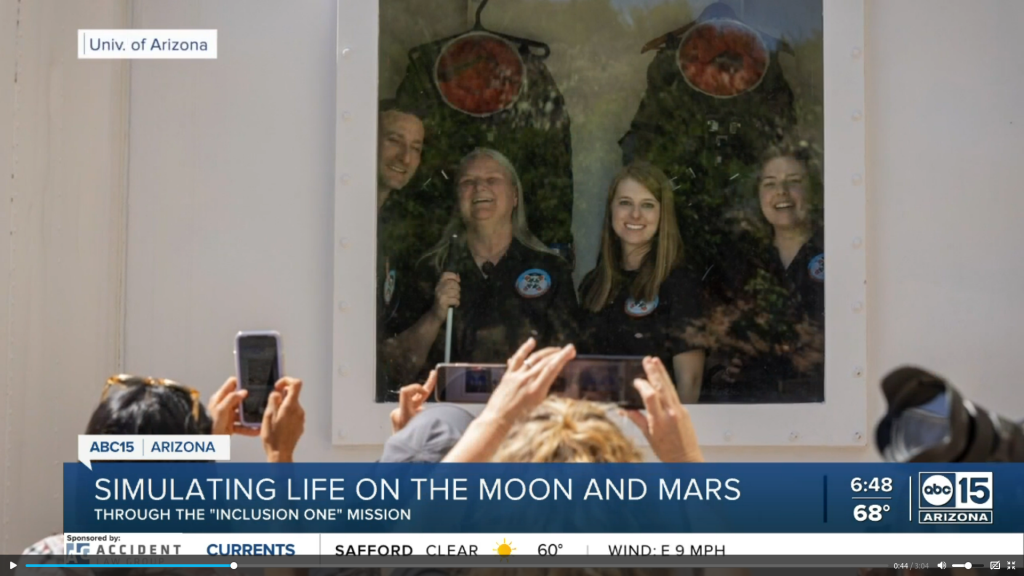SAM receives $1.5 Million from State of Arizona
The Space Analog for the Moon & Mars at Biosphere 2 has received $1,500,000 funding from the State of Arizona congress, as the governor passed this bill into law with the close of June 2023.
This incredible initiative was made possible by lobbyist and space enthusiast Brett Mecum and the Senator David Gowan who wrote the bill, introduced SAM Director Kai Staats to both the House and Senate for his presentations, and attended the exit of the first crew to attend SAM on May 2, 2023. Senator Gowan has demonstrated a keen interest in space exploration and recognizes the multi-fold value and international recognition it brings to the University of Arizona and the State of Arizona.
This is a game-changer for SAM, enabling us to move ahead for three years with dedicated funding for construction of the massive indoor Mars yard and upgrade of the SAM facilities.
We extend our full gratitude to Senator Gowan, Brett Mecum, and the Arizona House and Senate for their support of our effort at the University of Arizona Biosphere 2 to help our species become interplanetary while advancing research and education in the sciences.
The funds are being immediately applied to construction of the Mars yard, carrying forward our nearly three years effort to build this leading, world-class research facility.
Thank you!



 Keeping in the spirit of National Holidays, today one Earth we celebrate National Frog Jumping Day! In 1865, Mark Twain published his first short story, Jim Smiley and His Jumping Frog. Later, he changed the name and published it as The Celebrated Jumping Frog of Calaveras County. This same story also had a third title, The Notorious Jumping Frog of Calaveras County. Of all the frog jumping contests that take place across the country, the most well-known might be the Calaveras County Frog Jumping Contest if for no other reason than Mark Twain wrote a story about it.
Keeping in the spirit of National Holidays, today one Earth we celebrate National Frog Jumping Day! In 1865, Mark Twain published his first short story, Jim Smiley and His Jumping Frog. Later, he changed the name and published it as The Celebrated Jumping Frog of Calaveras County. This same story also had a third title, The Notorious Jumping Frog of Calaveras County. Of all the frog jumping contests that take place across the country, the most well-known might be the Calaveras County Frog Jumping Contest if for no other reason than Mark Twain wrote a story about it.
